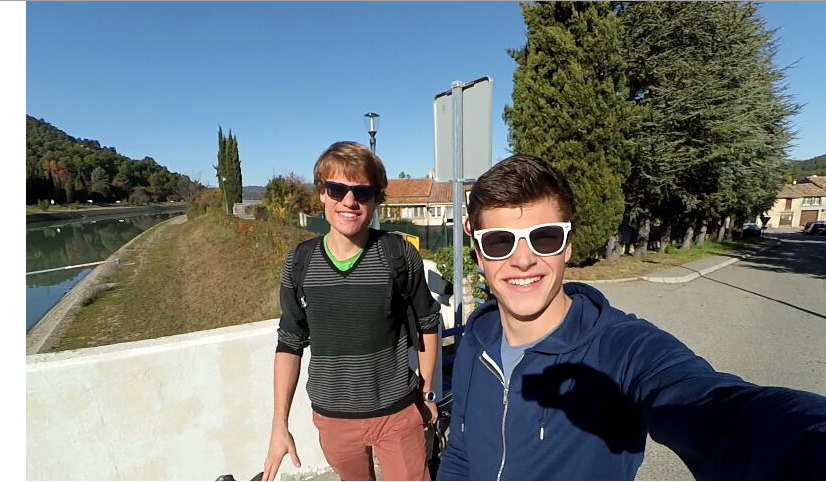Master Internship at ITER and CEA - Cadarache, France
Report by Timo Ravensbergen. Powered by FuseNet
My name is Timo Ravensbergen, and I should start by emphasising that I am not a physicist. As part of the second year internship of my master Mechanical Engineering at Eindhoven University of Technology, I went to ITER and CEA in the south of France to work on density control during the plasma ramp-up phase. From a control engineering perspective, this is a really interesting problem.
Density reference tracking is crucial because of the tight density limits: a lower density limit is set by stray fields, while divertor detachment imposes an upper limit on the plasma edge density. In ITER, the plasma will be fuelled by gas and pellets. However, in the present design, the gas supply system is relatively slow, reducing the performance of classic PID type controllers. A way to resolve this is to use so-called feed-forward based control, in which the gas supply time trajectory is pre-programmed. Unfortunately, classic feed-forward requires meticulous tuning, which is too expensive for ITER.
Therefore, we implemented a technique called Iterative Learning Control (ILC), which optimally designs the feed-forward for the next discharge based on the result of the previous one. The feed-forward is optimal, because the achieved density time trajectory will be improved using the least amount of pellets and gas possible. Also, actuator and density constraints can be included in ILC, which is not the case for classic feedback control.
This allows for the implementation of the detachment and stray field density limits. Not each ramp-up is exactly the same due to for example different wall conditioning. Therefore, a robust feedback controller is implemented to work alongside ILC. This feedback controller can diminish the effects of these (typically slow time scale) disturbances.

ITER is an amazing place to work, full of inspiring and dedicated people. As a control engineer, I learned a lot from the plasma physicists working there, especially during lunch time in the excellent canteen. Furthermore, it is very motivating to see the actual machine being built while you are in your office struggling on some bug.
When I started the internship, I had very limited knowledge in plasma physics. This was not a problem at all, because for ITER, many specialists having different backgrounds have to collaborate to make the machine work. Being an engineer, it took some time before I could grasp the topics others were working on, but that went two ways. I learned that even as a master student, you become an expert in a very short time, and you need to be able to explain (and justify!) your approach to peers. People at ITER have an open and academic attitude, which makes receiving comments a valuable experience, instead of a bad one.
The location of the ITER site is in the middle of the french Provence region. The surrounding countryside is truly beautiful, and the climate (for a dutch guy) is very pleasant. In the weekends, we often went climbing, hiking, or swimming. Because of the relatively long distances a car is useful, but luckily I met some people that have one. Because of this, we could visit the Gorges du Verdon, which is almost surreal. The relatively close cities Aix-en-Provence and Marseille are definitely worth a visit as well. If you get the chance to go to the Provence, drink wine, eat cheese, and enjoy the french cuisine. Those people really make tasty stuff!
Because of the FuseNet funding, I could work on not another motion system, but on the most complex device humanity has ever built. It is not only more challenging, but also more inspiring. Instead of making some company richer, you help making this earth less polluting!
